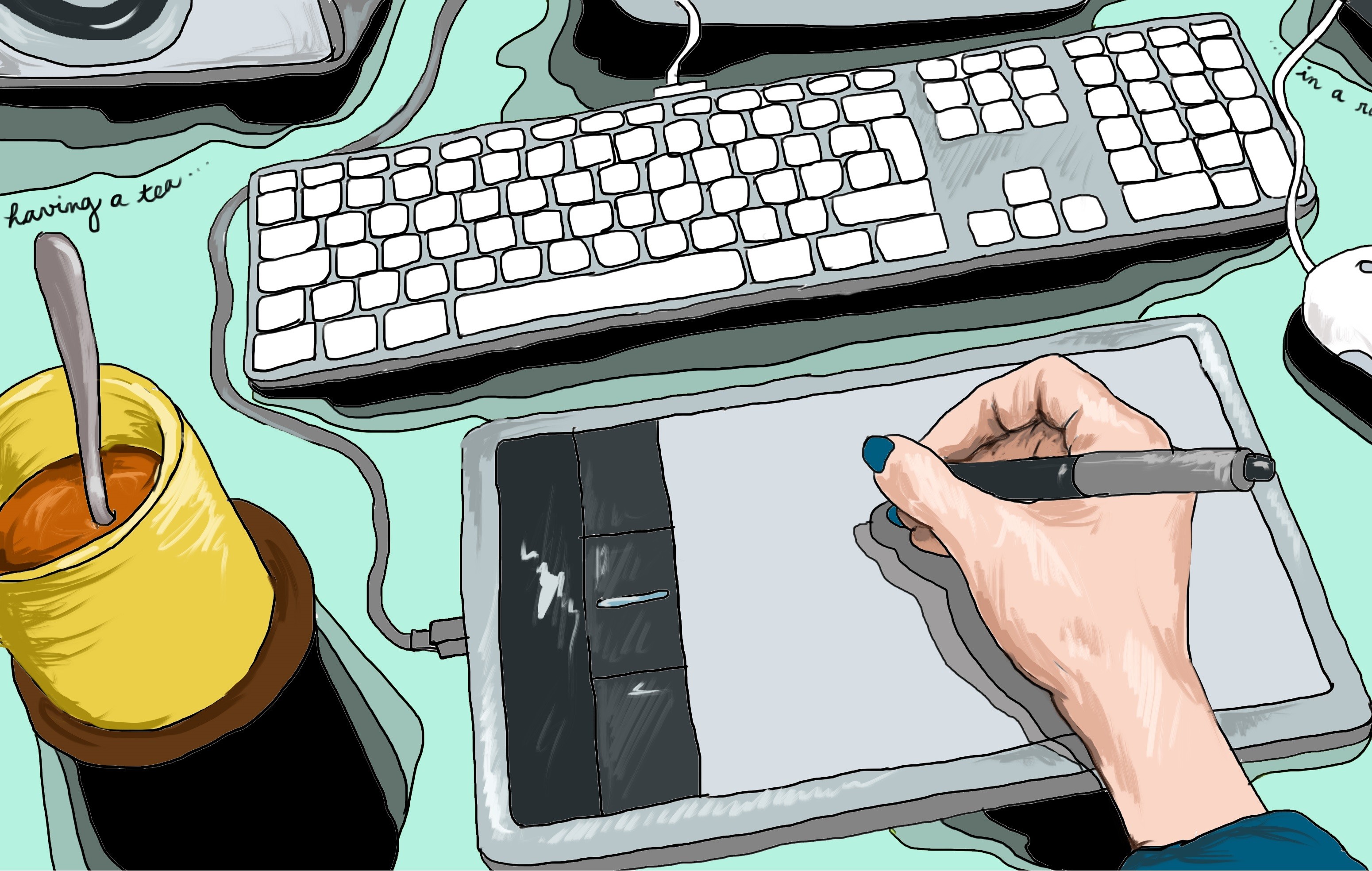Pin on references
Table of Contents
Table of Contents
Are you struggling with how to draw shoulders? Do your shoulder drawings lack depth and realism? If so, read on to discover tips, tricks, and techniques for mastering shoulder anatomy in your artwork.
Challenges in Drawing Shoulders
One of the biggest challenges in drawing shoulders is getting the proportion and shape right. Without a solid understanding of shoulder anatomy, it can be difficult to accurately depict the muscles and contours of the shoulder joint.
Additionally, finding the right balance between the shoulder, neck, and chest can be tricky. It’s easy to create an unbalanced image if these elements are not properly coordinated.
How to Draw Shoulders
Before you begin drawing shoulders, it’s important to understand the underlying anatomy. The shoulder joint is a ball-and-socket joint. It consists of the humerus (upper arm bone), scapula (shoulder blade), and clavicle (collarbone).
When drawing shoulders, start by sketching the basic shape of these bones. Once you have the foundation in place, you can layer the muscles on top, building up the details of the shoulder joint.
Tips for Drawing Shoulders
To create a more realistic shoulder drawing, pay attention to the following details:
- The shoulder girdle should be slightly tilted forwards, which gives the shoulder a tilted, sloping appearance.
- The deltoid muscle should be prominent, as it creates the rounded shape of the shoulder.
- The collarbone should be visible, creating a natural slope from the neck to the shoulder.
- The trapezius muscle should be properly aligned with the shoulder joint, as it’s responsible for much of the shoulder’s mobility.
Personal Experience with Drawing Shoulders
As an artist, I’ve struggled with accurately depicting shoulders in my artwork. But, after years of practice and research, I’ve found that breaking the shoulder joint down into basic shapes and understanding the underlying anatomy is key to creating a realistic representation of the shoulder.
By using reference images and taking the time to study shoulder anatomy, I’ve been able to improve my shoulder drawings significantly. It’s a challenging element to master, but the results are well worth the effort.
Common Mistakes in Drawing Shoulders
Some common mistakes artists make when drawing shoulders include:
- Misaligned or improperly shaped collarbones
- Inaccurate placement of the deltoid muscle
- Imbalanced proportions between the shoulder, neck, and chest
- Insufficient detail in the shoulder blades
Further Tips and Techniques for Drawing Shoulders
Another important element in drawing accurate shoulders is understanding how the shoulder interacts with the rest of the body. By studying the way the shoulder interacts with the arm and the ribcage, you can create cohesive and dynamic artwork that accurately represents the human form.
Practice Exercises for Drawing Shoulders
Some helpful exercises to practice your shoulder drawing skills include:
- Sketching basic shoulder shapes from a reference image
- Layering muscle details on top of the foundation shape
- Creating a full figure drawing that incorporates the shoulder element
Question and Answer
Q: What are some common mistakes to avoid when drawing shoulders?
A: Some common mistakes include misaligned collarbones, misplaced deltoid muscles, imbalanced proportions, and insufficient detail in the shoulder blades.
Q: What are some tips for improving my shoulder drawing skills?
A: Practice drawing basic shoulder shapes, study shoulder anatomy, and take the time to understand how the shoulder interacts with the rest of the body when in motion.
Q: How can I create a realistic-looking shoulder joint?
A: Start by sketching the basic shape of the shoulder joint, consisting of the humerus, scapula, and clavicle. Then layer the muscles on top, paying attention to the deltoid muscle and trapezius muscle for proper alignment.
Q: Can you recommend any resources for studying shoulder anatomy?
A: Yes, there are many great resources online for studying shoulder anatomy, including tutorial videos, images, and text-based resources.
Conclusion of How to Draw Shoulders
Mastering how to draw shoulders is a difficult task, but understanding the anatomy of the shoulder joint and taking the time to properly layer muscle and bone details is key to creating a realistic and cohesive representation of the human form. Remember to pay attention to details like the collarbone, deltoid muscle, and shoulder blade, and use reference images to guide your work. With practice, you can improve your shoulder drawing skills and create stunning artwork that accurately depicts the beauty and complexity of the human body.
Gallery
Pin On Projects, Crafts And Drawings ,oh My!

Photo Credit by: bing.com / shoulders
How To Draw Shoulders/anatomy | Drawing Tutorial, Drawing People, Drawings

Photo Credit by: bing.com / tutorial shoulder drawing draw mayshing cds quick shoulders anatomy deviantart uploaded user
Pin On References

Photo Credit by: bing.com / shoulders arting dnd tense
Neck And Shoulders Tutorial By Nstone53.deviantart.com On @deviantART

Photo Credit by: bing.com / shoulders nstone53 lábios necks bodies lessons
Pin On Tutorial Draw

Photo Credit by: bing.com / shoulders arting





